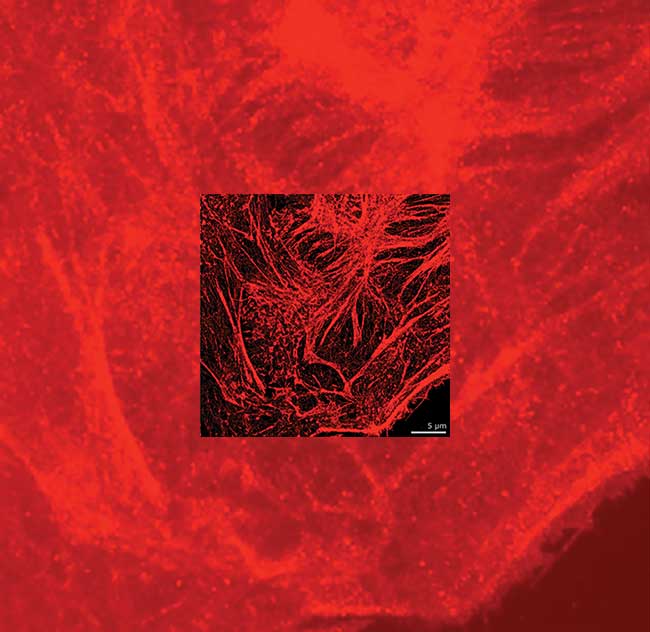Single-molecule spectroscopy (SMS) is gaining traction in a wide range of fields, from DNA sequencing to understanding how cells, drugs, genes or proteins interact.
 It was 28 years ago that the first optical experiments to detect a single molecule took place in the Moerner Laboratory at IBM Research, with relatively esoteric, low-temperature, high-resolution spectral measurements. Since then, room-temperature demonstrations and research efforts of many scientists all over the world have led to a true explosion of the method. New applications and different ways to characterize individual molecules appear almost on a weekly basis.
It was 28 years ago that the first optical experiments to detect a single molecule took place in the Moerner Laboratory at IBM Research, with relatively esoteric, low-temperature, high-resolution spectral measurements. Since then, room-temperature demonstrations and research efforts of many scientists all over the world have led to a true explosion of the method. New applications and different ways to characterize individual molecules appear almost on a weekly basis.
“Single-molecule optical spectroscopy now has broad applications, ranging from basic science to shining light on the fundamental properties of single molecules, all the way over to more applied applications in biology and materials science,” said William Moerner, now a professor of chemistry at Stanford University. “While the first single-molecule experiments were performed on fluorescent impurities in solids, the power of the method quickly became apparent in biological settings.”
The potency of single-molecule techniques is their capability to attain the ultimate limit of sensitivity — a single emitter. No averaging over a large number of molecules is required, since the properties of just one molecule are measured at a time.
The main purpose of microscopy is to observe detail that cannot be seen by the naked eye, but spectroscopy is used to understand how matter responds to light-revealing spectral information; however, both methods can cooperate effectively with each other.
The major advance in the past decade has combined single-molecule optical imaging with the ability to control the fraction of the labeled molecules that are actually emitting to overcome the diffraction limit in microscopy. If it is known that the detected signal on the camera originates from a single emitter, its position can be determined with precision, a process called high-precision localization.
By recording the positions of many superlocalized single emitters discharging at different times, a complete structure with very fine detail can be reconstructed in a pointillistic fashion. This is the basis of superresolved fluorescence microscopy, for which Eric Betzig, Stefan Hell and Moerner were recognized with the Nobel Prize in chemistry in 2014. But Hell used an alternative approach.
Superresolution fluorescence microscopy coupled with single-molecule tracking has already entered the medical/clinical world. In cardiovascular research, tracking enables study of the pathways of individual viruses and the anchoring of proteins. This research is fundamental for analyzing certain neurodegenerative diseases, such as Alzheimer’s, where the polymerization of amyloid plaques and their structures need to be understood on a molecular level.
Member Exclusive: To read the complete article, please Login or Register